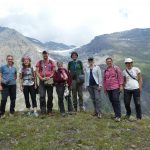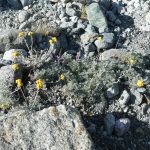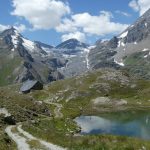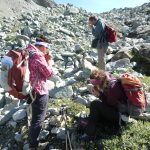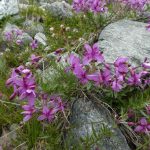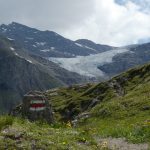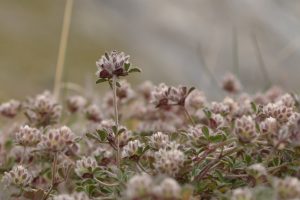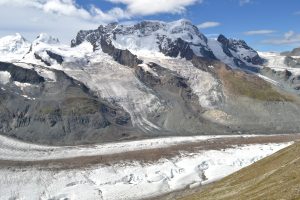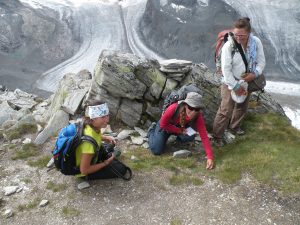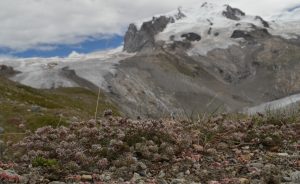Common Fieldtrip in the swiss Alps – summer 2018
From July, 30th, to August, 3rd, 8 members of 4 institutions of the Alpine Seed Conservation and Research project (MSB London, University of Innsbruck, University of Graz, Gap Alpine National Botanic Conservatory and Geneva Conservatory and Botanic Garden) had a common fieldtrip in the Alps, in the area of Haut Val de Bagnes (Valais). We spent these 4 days of botanical hiking to exchange experiences, discuss about the state of different aspects of the project and to collect seeds of the species list. Last but not least, the movie about the project moved forward: we were accompanied by a cameraman who was able to shoot many sequences on the spot, the weather being luckily mostly beautiful during the trip.
All participating members were happy of the success of this rewarding trip. Although it is worrying to note in the field that our efforts to safeguard alpine flora are certainly relevant: the retreat of glaciers in this emblematic valley unfolded before our eyes during these days of heat wave.
